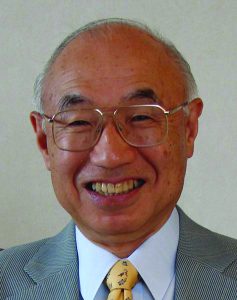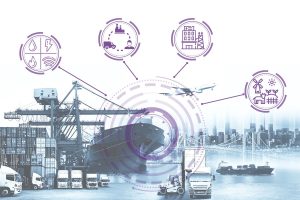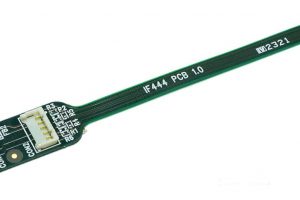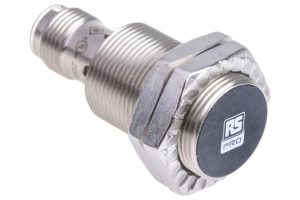He writes:
Congratulations on the 60th birthday of Electronics Weekly.
The time passes twice as fast in the world of electronics compared to the average, and 60 years corresponds to 120 years in our everyday life. The 60th birthday is really a great milestone to be celebrated. By the way, I started my semiconductor career in 1959, and I am just one year senior to Electronics Weekly in the field, so I know how long this is.
The progress of modern civilisation greatly owes [a debt] to the progress of electronics, notably semiconductor innovation. In the past few decades, PCs and smartphones have played major roles in the progress of civilisation, thanks to the great computing power driven by semiconductors. The situation is changing today by the evolution of sensing capability – or ‘eyesight’ – in the field of electronics.
Various types of robots and autonomous cars are equipped with high‑sensitivity sensors for seeing and recognising things. This situation can be compared to the advent of the ‘Cambrian explosion’, when species of animals diversified explosively. One of the theories proposed by [British zoologist] Andrew Parker, holds that the major cause of the diversification can be attributed to the evolution of eyesight.
Now is the time for a paradigm shift in electronics from the age of ‘computing only’ to that of ‘computing and sensing’. The impact of this shift will be enormous in the coming decades. It is often said that the ‘automobile industry is in the midst of revolution once in a century’. As a result, the phrase ‘automobile industry’ may disappear, being replaced by the new name of ‘mobility industry’.
In the coming decades, there will be great varieties of autonomous cars on the street; various sizes, from small to large, as well as various designs to serve different needs.
The paradigm shift in electronics will greatly affect our lifestyles. One possible change is the decentralisation of populations from urban areas to countryside, because of the much‑improved convenience of suburban life, such as ease of mobility, remote working, remote conferencing, and remote medical care.
We have learned a hard lesson from Covid‑19 – that social distancing is the best way to protect ourselves from a coronavirus – and new lifestyles in the countryside will contribute to overcoming such infections in a big way.
 Electronics Weekly Electronics Design & Components Tech News
Electronics Weekly Electronics Design & Components Tech News




